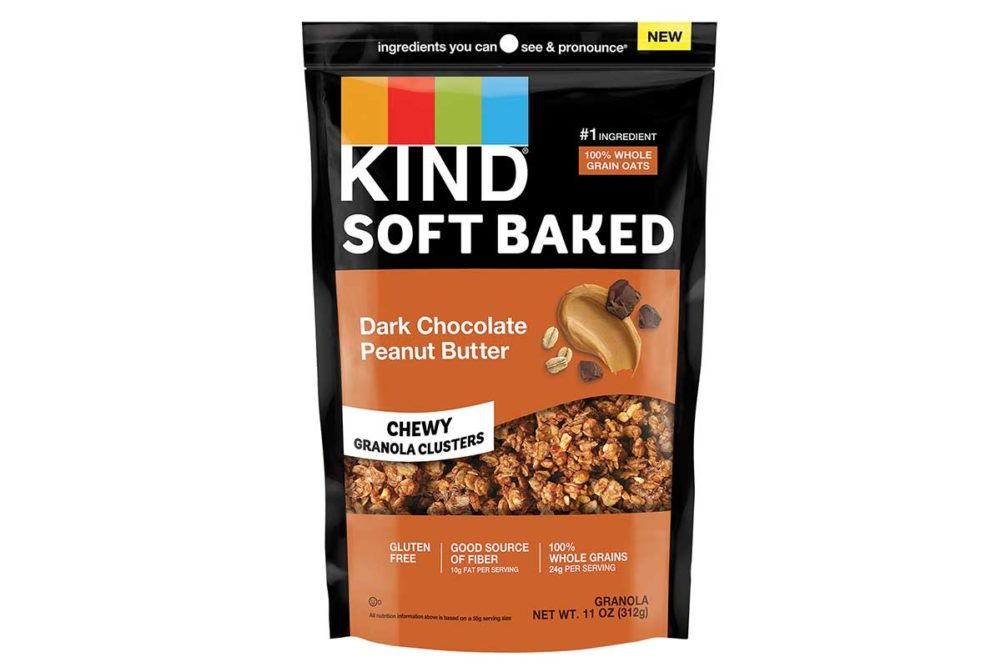Dietary fiber is essential for health and provides a host of benefits, such as boosting gut health and helping lower cholesterol and improve blood sugar levels. But fewer than 10% of US adults are getting the recommended daily amount, according to Dietary Guidelines for Americans, 2020-2025.
Bakers can help by bulking up batters and doughs with fiber ingredients, but the challenge lies in maintaining palatability and avoiding a finished product that tastes like cardboard.
In 2016, the US Food and Drug Administration (FDA) defined fiber, and since then, the agency has recognized additional nondigestible carbohydrates as fiber. The dietary fibers that can be declared on Nutrition Facts labels include certain naturally occurring fibers that are “intrinsic and intact” in plants and added isolated or synthetic nondigestible soluble and insoluble carbohydrates that have beneficial effects to human health.
In addition, fiber is recognized as being part of the solution to the obesity epidemic. That’s because some fibers may be used to reduce sugar and thereby calories.
“The FDA fiber regulation includes calorie values for dietary fiber,” said Julia DesRocher, technical expert, bakery, Tate & Lyle. “Insoluble fibers have zero calories per gram and soluble fibers have 2 calories per gram for labeling and claims, unless a lower value is allowed through a petition process and FDA review of applicable data.”
To date, there is only one exception to this rule for soluble fiber, and that is polydextrose. Polydextrose may be claimed as 1 calorie per gram because of extensive FDA-accepted clinical data demonstrating that it is metabolized at a lower level.
“It doesn’t sound like a big difference, but it’s half the calories,” Ms. DesRocher said. “If you want to drive down calories, that could be advantageous, and it is unique compared to other fibers.”
That can make or break the calorie count on a 100-calorie snack pack making a “high fiber” claim. In the United States, products that contain at least 2.5 grams of fiber per serving (10% of the Daily Value) may claim they are a “good source of fiber.” Those with at least 20% of the Daily Value, 5 grams or more, may make a “high fiber” claim.
This article is an excerpt from the May 2023 issue of Baking & Snack. To read the entire feature on Fiber, click here.






